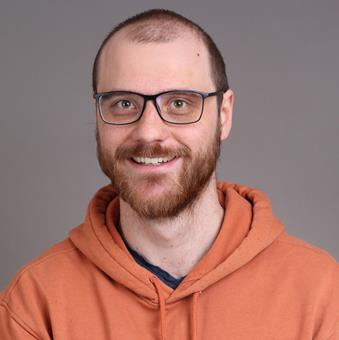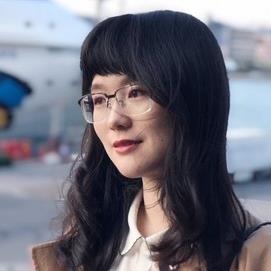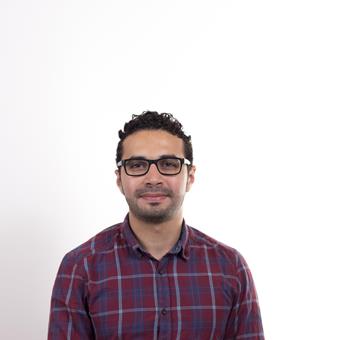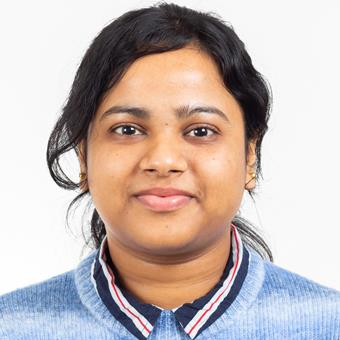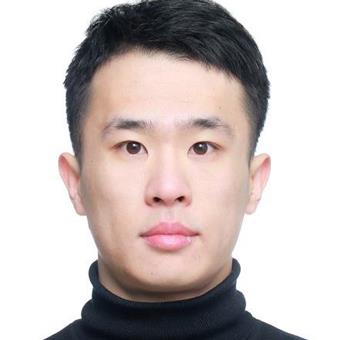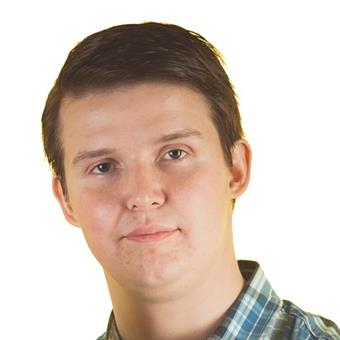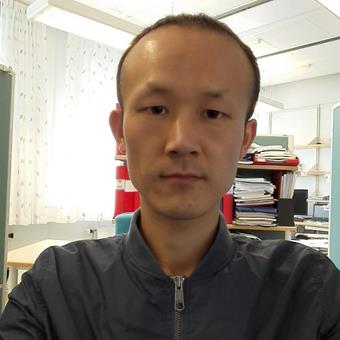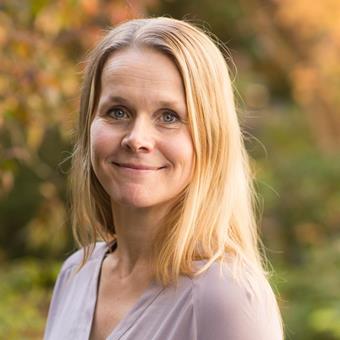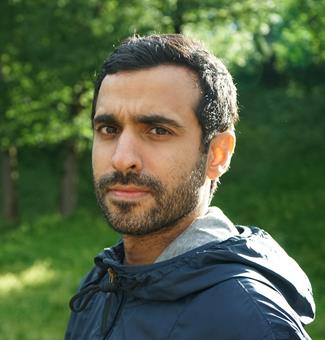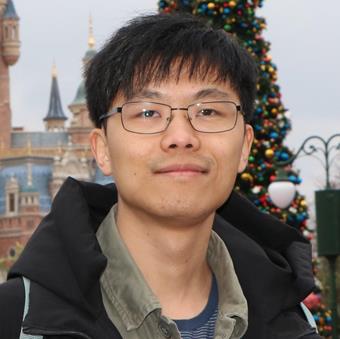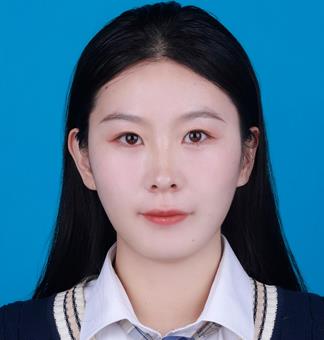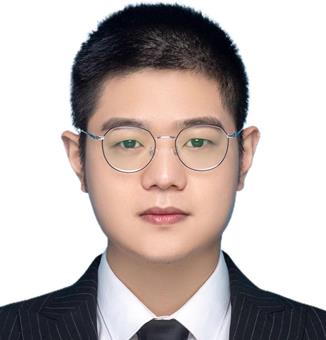To explore the range of attainable properties, we need to increase the fundamental understanding of the materials and the synthesis processes in which they form, on an atomistic level.
The research in the Materials Design Division is therefore a stimulating mix of fundamental physics and application inspired research, including theory and modelling, material synthesis and characterization of 3D and 2D materials, and property testing.
A particular focus is on materials for a sustainable future, targeting applications within, e.g., the area of energy storage and energy conversion.
We are currently a team of ~25 people using an interdisciplinary approach to find optimal solutions for the design of novel materials.
The Division is divided in three Units:
- Thin films and nanolaminated materials
- Materials theory
- Applied electrochemistry.


